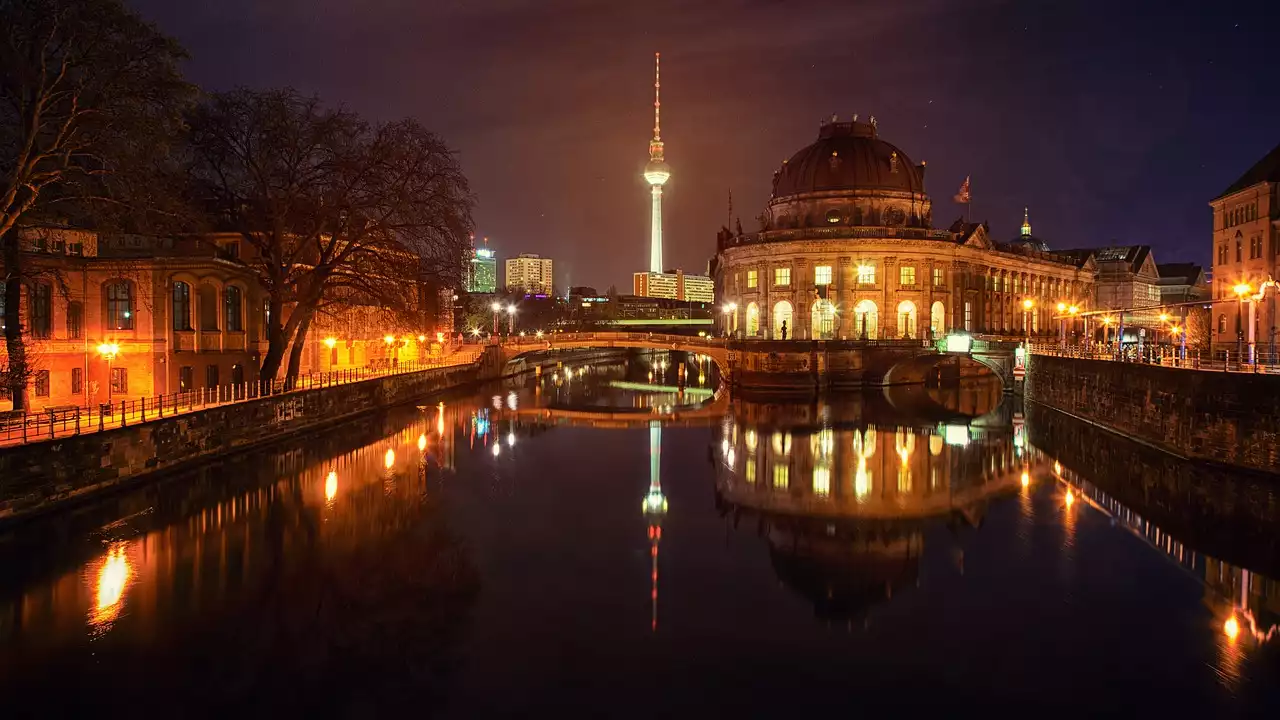The 1966 FIFA World Cup was the first to be broadcast in color. The final, played between hosts England and West Germany, was watched by an estimated audience of 200 million people. It remains the most-watched sporting event ever. This article takes a look at all the broadcasting deals for the tournament and which companies purchased the rights and sub-rights for each territory. Which channels broadcast the matches? How many of them? Who covered pre-World Cup friendlies, qualifiers, etc.? And what about post-match interviews with players did we see any of them on our screens? Let’s find out...
Which channels got the rights to broadcast FIFA World Cup 1966?
This was the first FIFA World Cup to be broadcast on television. And a major reason for that was the fact that FIFA had sold TV rights for the very first time. The host nation, as well as the most important competing countries, were granted the right to produce their coverage and to decide which TV channels would broadcast the matches. The coverage in the UK was shared between the BBC and ITV. To be precise, the BBC had first pick of matches, with ITV covering the rest. The BBC had used its very first outside broadcast unit for the World Cup, which allowed for three separate outside broadcast vans to be connected to make one major broadcast. The BBC was to provide the world feed for all matches, meaning that the British viewers had the chance to watch the World Cup in color, while the rest of the world had to settle for black-and-white coverage.
Germany - Deutsche Welle and ZDF
The German stations Deutscher Welle (DW) and Zweites Deutsches Fernsehen (ZDF) provided extensive coverage of the tournament, with some of the matches also being shown by the commercial broadcasters ARD and RTL. DW was created in 1955 as a successor to the German External Service, a United States-controlled radio service that had been operated inside Germany since the end of World War II. ZDF was created in 1963 as a second German public TV channel. DW had one commentator at each match, often with one or two co-commentators. The main host of the tournament broadcast was Hans Fritz Beckenbauer, who also occasionally provided commentary. ZDF employed Erich Bös as its main commentator, and also used Rolf Lohe and Werner Ehrhardt, among others.
Spain - RTVE
The Spanish network RTVE provided coverage of all games in the tournament. It was the first time a Spanish network broadcast a FIFA World Cup tournament. Before the tournament, a 15-minute program was aired each day at 17:30, with a summary of the day's games and a preview of the upcoming games. After the tournament, a program with highlights of the games and analysis was aired once a week.
Italy - RAI
The Italian network RAI broadcast the tournament, with Sandro Salvadore as the main commentator, assisted by Nando Martellini.
Portugal - RTP
The Portuguese network RTP broadcast the tournament, with Artur Agostinho as the main commentator.
France - ORTF, and TSF
The French public network ORTF (which would merge with the commercial network TF1 to form France Télévisions in 1968) broadcast the tournament, with André Gillois as the main commentator and Pierre Brignal as the co-commentator. The French network TSF also provided coverage of the tournament, with Louis Gautier as the main commentator.
Netherlands - NOS, and VARA
The Dutch networks NOS and VARA broadcast the tournament, with Willem van Hanegem as the main commentator, assisted by Eddy Barendregt.
But it was only in color in the UK!
Indeed, the first World Cup to be broadcast in color was held in England. This was due to the fact that the British Broadcasting Corporation (BBC) had made a very early decision to broadcast in color, while the rival ITV company had not yet decided if they would switch to color. Eventually, ITV decided to broadcast in color, but they had missed the boat in terms of the World Cup. The BBC had thus acquired the rights to broadcast the tournament in color and the only other channel that could have benefited from the decision was the Commonwealth Broadcasting Corporation. However, it was decided not to show the World Cup matches in Australia and New Zealand, because the rights had already been acquired by the BBC. The same applied to Ireland and Scotland, although the latter country also benefitted from the fact that the BBC had acquired the rights for the whole of the United Kingdom.
Bottom line
The FIFA World Cup 1966 was the first tournament to be broadcast in color. The first host nation to broadcast a FIFA World Cup in color was the UK, while the first non-host nation to broadcast a tournament in color was Italy. The most-watched match of the tournament was the final between England and West Germany. It was watched by an estimated audience of 200 million people.


 The Original Team: LA Galaxy: Trailblazers of the MLS
The Original Team: LA Galaxy: Trailblazers of the MLS
 The Importance of Speed and Precision in Futsal
The Importance of Speed and Precision in Futsal
 Clashes That Shape the Cultural Fabric of Chilean Football
Clashes That Shape the Cultural Fabric of Chilean Football Why are Tv rights so important to FIFA?
Why are Tv rights so important to FIFA? TV rights and Advertising - FIFA World Cup
TV rights and Advertising - FIFA World Cup FIFA World Cup and the Income from Television
FIFA World Cup and the Income from Television ESPN has the Future TV Rights - FIFA World Cup
ESPN has the Future TV Rights - FIFA World Cup